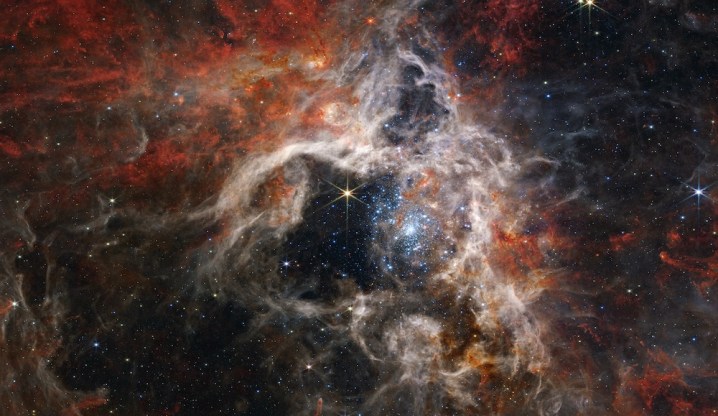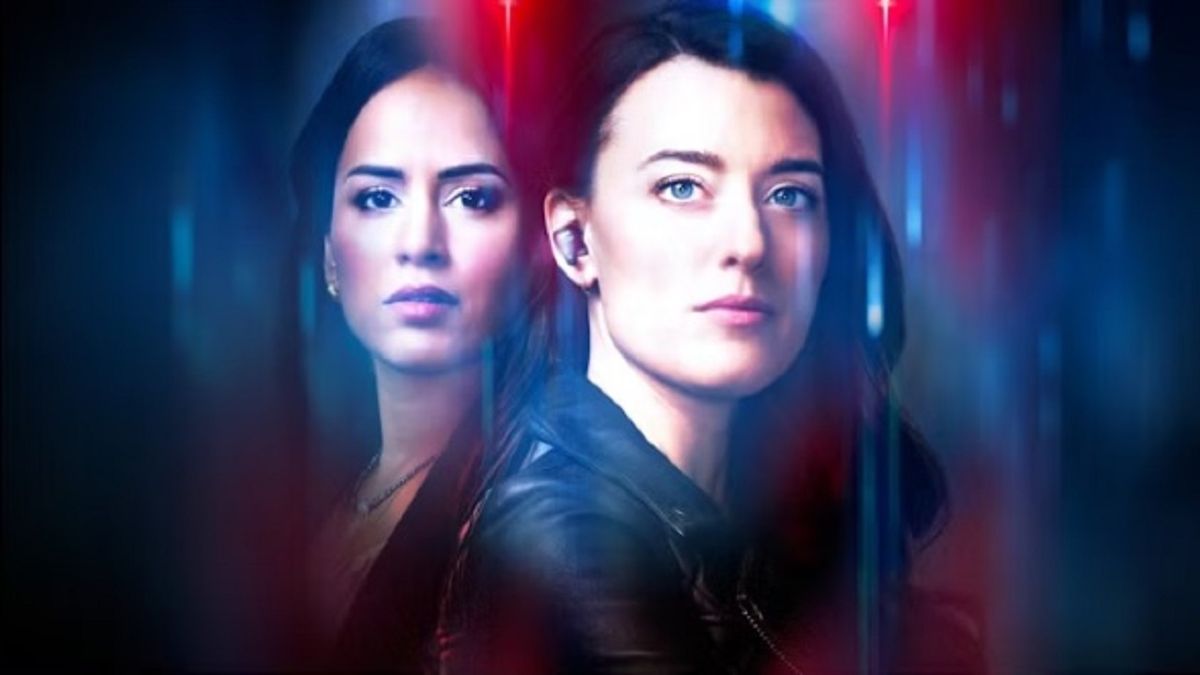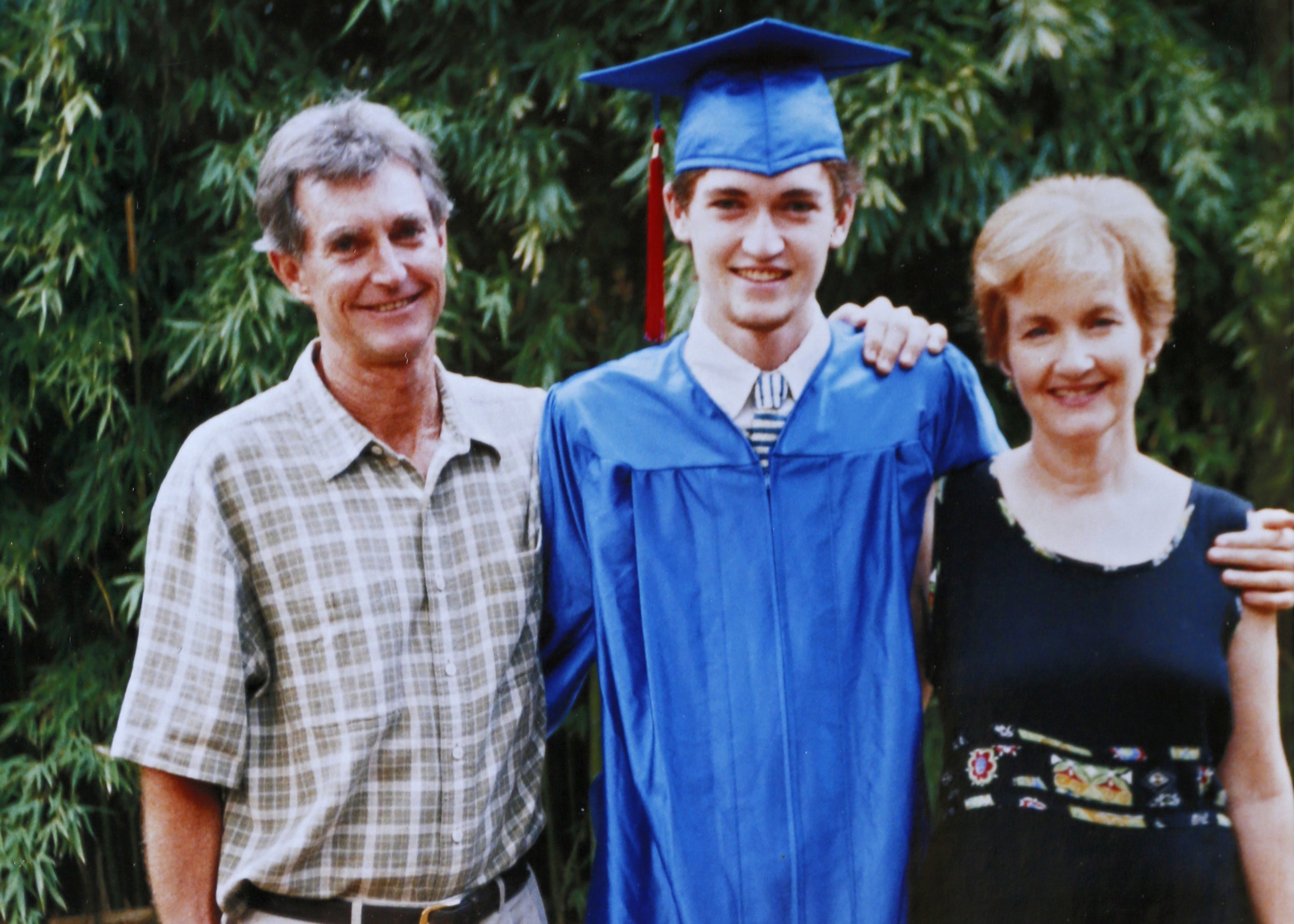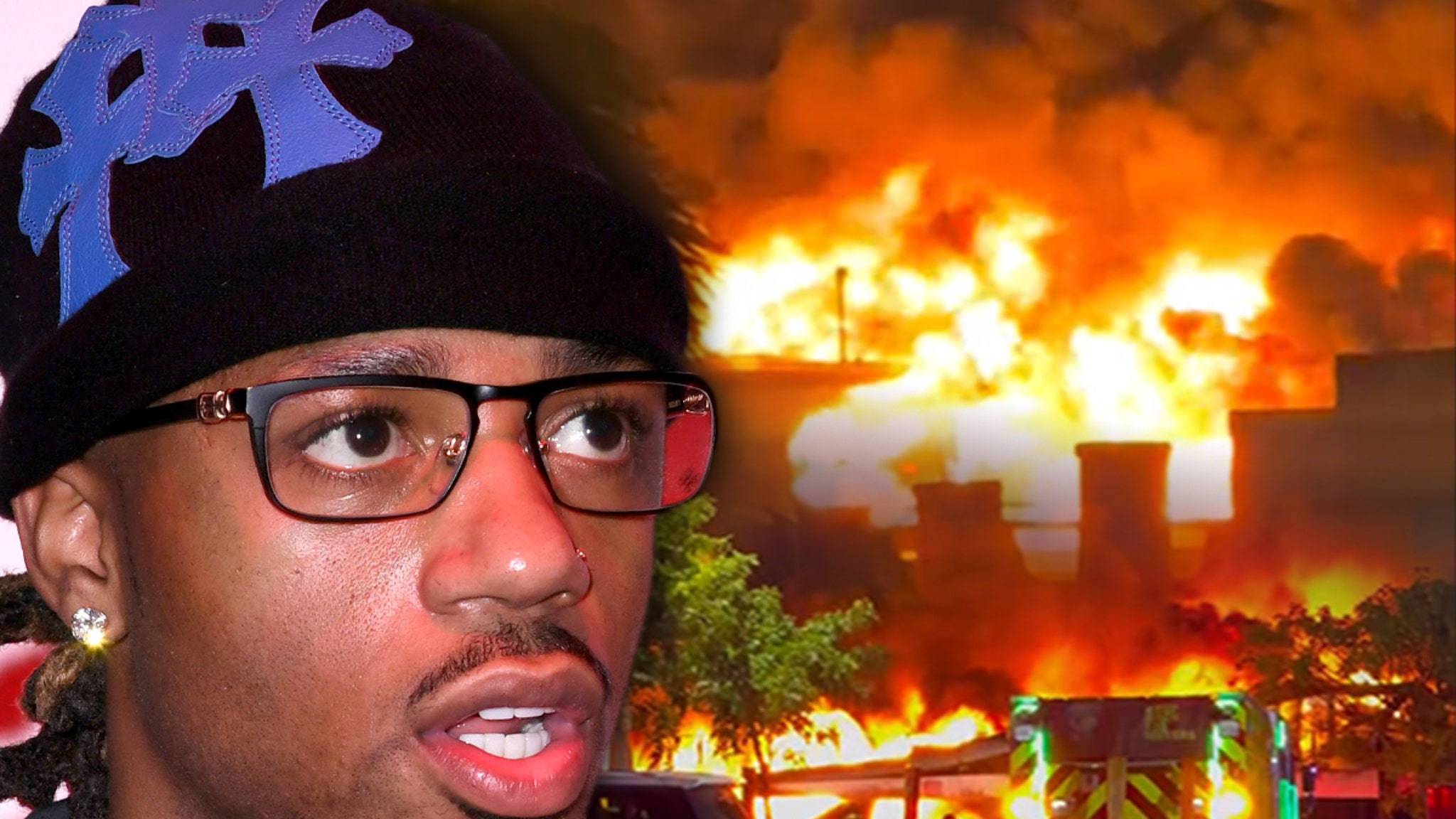 This NASA/ESA Hubble Space Telescope image features a dusty yet sparkling scene from one of the Milky Way’s satellite galaxies, the Large Magellanic Cloud. The Large Magellanic Cloud is a dwarf galaxy situated about 160,000 light-years away in the constellations Dorado and Mensa.
ESA/Hubble & NASA, C. Murray
This NASA/ESA Hubble Space Telescope image features a dusty yet sparkling scene from one of the Milky Way’s satellite galaxies, the Large Magellanic Cloud. The Large Magellanic Cloud is a dwarf galaxy situated about 160,000 light-years away in the constellations Dorado and Mensa.
ESA/Hubble & NASA, C. Murray
This gorgeous new image from the Hubble Space Telescope shows a bustling nearby star forming region called the Tarantula Nebula. Given its name due to its complex, web-like internal structure, this nebula is located in a satellite galaxy of the Milky Way called the Large Magellanic Cloud and is often studied by astronomers researching star formation and evolution.
This new image shows the edges of the nebula, further out from its center. In the middle of the nebula are enormous stars that are as much as 200 times the mass of the sun, but here on the outskirts the view is calmer.
“The section of the nebula shown here features serene blue gas, brownish-orange dust patches, and a sprinkling of multicolored stars,” Hubble scientists write. “The stars within and behind the dust clouds appear redder than those that are unobscured by dust. Dust absorbs and scatters blue light more than red light, allowing more of the red light to reach our telescopes, which makes the stars appear redder than they are. This image incorporates ultraviolet and infrared light as well as visible light.
Please enable Javascript to view this content
“Using Hubble observations of dusty nebulae in the Large Magellanic Cloud and other galaxies, researchers can study these distant dust grains, helping them better understand the role that cosmic dust plays in the formation of new stars and planets.”
Hubble has previously imaged the same nebula, with an image released in 2023 and another shared in 2020. You might also recognize the name of this nebula as it was made world famous when the James Webb Space Telescope selected it as one of its early targets, taking this gorgeous image in 2022:
 As per NASA: In this mosaic image stretching 340 light-years across, Webb’s Near-Infrared Camera (NIRCam) displays the Tarantula Nebula star-forming region in a new light, including tens of thousands of never-before-seen young stars that were previously shrouded in cosmic dust. The most active region appears to sparkle with massive young stars, appearing pale blue. NASA, ESA, CSA, STScI, Webb ERO Production Team
As per NASA: In this mosaic image stretching 340 light-years across, Webb’s Near-Infrared Camera (NIRCam) displays the Tarantula Nebula star-forming region in a new light, including tens of thousands of never-before-seen young stars that were previously shrouded in cosmic dust. The most active region appears to sparkle with massive young stars, appearing pale blue. NASA, ESA, CSA, STScI, Webb ERO Production TeamWhen stars are young, they give off large amounts of radiation and glow brightly, even more so than older stars like our sun. The process of star formation happens when there is enough dense dust and gas present in one area that it forms clumps, which attract more matter over time due to gravity, eventually forming knots which become the core of young stars, called protostars.
Although there is some debate over the exact rate of star formation in the Milky Way, in general it is known that our galaxy produces far more stars compared to another nearby galaxy, the Andromeda galaxy. But the Large Magellanic Cloud, which is a much smaller galaxy, has both a high rate of star formation and is located close by, making it the ideal laboratory to study star formation. Instruments like Hubble and James Webb are revealing new information about how stars form in this busy next door galaxy.

Georgina has been the space writer at Digital Trends space writer for six years, covering human space exploration, planetary…
Stunning images of nearby galaxies from the VLT Survey Telescope

A gorgeous new set of images shows the striking sight of nearby galaxies, captured by a telescope called the VLT Survey Telescope (VST), located at the European Southern Observatory (ESO)'s Paranal Observatory in Chile. Some of these galaxies are well-known, like the famous Sextans A, which is a small dwarf galaxy with an unusual square shape that is located just 4 million light years away.
Sextans A, shown above, is just a fraction of the size of our Milky Way galaxy at only 5,000 light years across and has been shaped by epic supernova events as stars come to the end of their lives and explode, pushing the material of the galaxy into its odd configuration.
Read more
Creepy cosmic eyes stare out from space in Webb and Hubble image

These sinister eyes gazing out from the depths of space star in a new Halloween-themed image, using data from both the Hubble Space Telescope and the James Webb Space Telescope. It shows a pair of galaxies, IC 2163 on the left and NGC 2207 on the right, which are creeping closer together and interacting to form a creepy-looking face.
The two galaxies aren't colliding directly into one another, as one is passing in front of the other, but they have passed close enough to light scrape by each other and leave indications. If you look closely at the galaxy on the left, you can see how its spiral arms have been pulled out into an elongated shape, likely because of its close pass to the gravity of the other nearby galaxy. The lines of bright red around the "eyes" are created by shock fronts, with material from each galaxy slamming together.
Read more
See the dramatic and spooky Dark Wolf Nebula

A stunning space image from the European Southern Observatory (ESO) shows a spooky cosmic wolf, in a structure fittingly named the Dark Wolf Nebula. Captured using ESO's VLT Survey Telescope in Chile, the full image has 283 million pixels and shows the nebula located 5,300 light-years away.
Many of the most striking structures you see in space images are nebulae, which are clouds of dust and gas that often host forming stars. Often, these nebulae will be illuminated in beautiful colors due to radiation from the young stars inside them, which ionizes gas and makes it glow. But this nebula is the opposite, being a type called a dark nebula. In these nebulae, the dust that makes up the cloud is so thick and dense that it prevents visible light from passing through it, appearing like a dark smudge.
Read more




















 English (US) ·
English (US) ·